Whether photographing a shoe factory in China, a rock quarry in Portugal or a copper mine in Chile, Edward Burtynsky creates images that use scale to consider the magnitude of human industry and its impact on the landscape. “To me, what’s interesting as art is to begin to define that theater of industry that is almost beyond our imagination,” Burtynsky says.
Tag: Edward Burtynsky
-
Edward Burtynsky: Economies of Scale – PDN
-
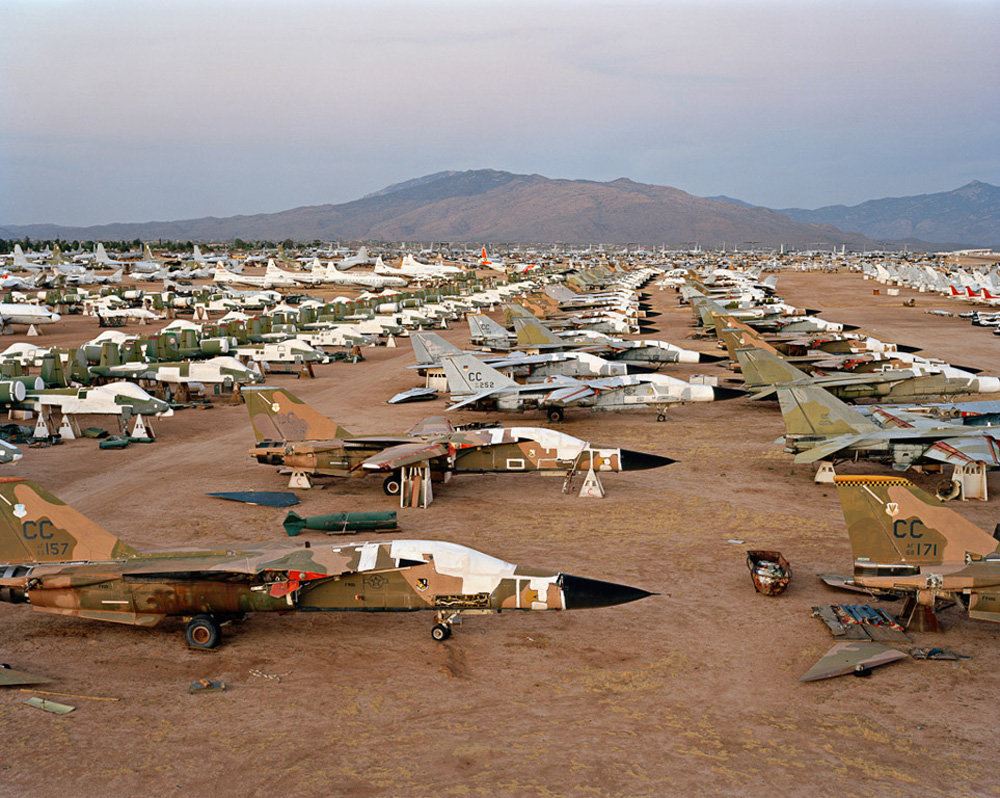
Ken Weingart interviews Edward Burtynsky | LENSCRATCH
Ken Weingart interviews Edward Burtynsky – LENSCRATCH
Edward Burtynsky is a legendary Canadian fine art photographer who specializes in chronicling the extraction and destruction of the earth and it’s minerals, mines and more. His images bring a painterly beauty to the banal. A photographer and master printer for over forty years, Burtynsky has pioneered a unique way of looking at the planet.
via LENSCRATCH: http://lenscratch.com/2017/08/ken-weingart-interviews-edward-burtynsky/
Edward Burtynsky is a legendary Canadian fine art photographer who specializes in chronicling the extraction and destruction of the earth and it’s minerals, mines and more. His images bring a painterly beauty to the banal. A photographer and master printer for over forty years, Burtynsky has pioneered a unique way of looking at the planet. I had the opportunity to speak with the artist at the Von Lintel Gallery in Los Angeles.
-
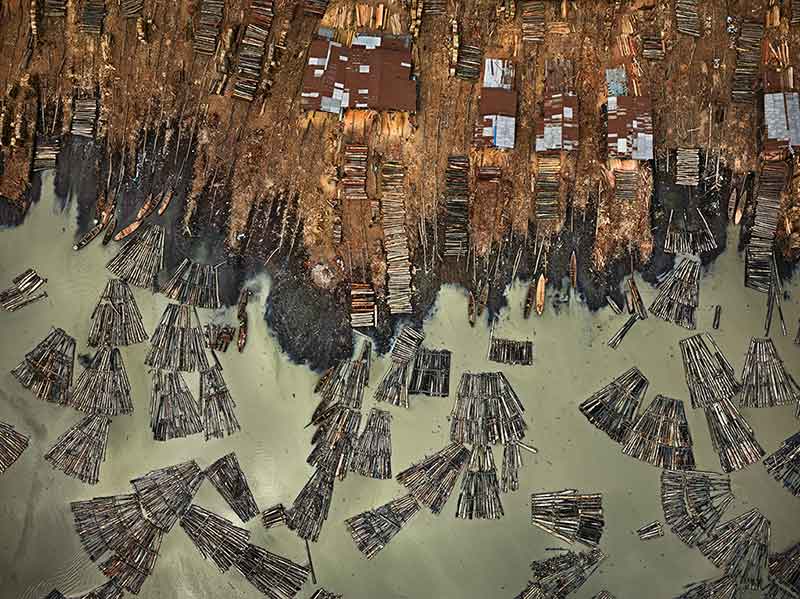
Photojournalism Now: Friday Round Up – 28 September 2018 – Photojournalism Now
Photojournalism Now: Friday Round Up – 28 September 2018
This week on Photojournalism Now: Friday Round Up – Anthropocene, an expansive and immersive multimedia exhibition opens in Canada featuring the work of Edward Burtynsky (above), plus Getty R…
via Photojournalism Now: https://photojournalismnow43738385.wordpress.com/2018/09/28/photojournalism-now-friday-round-up-28-september-2018/
This week on Photojournalism Now: Friday Round Up – Anthropocene, an expansive and immersive multimedia exhibition opens in Canada featuring the work of Edward Burtynsky (above), plus Getty Reportage Grant winners 2018.
-
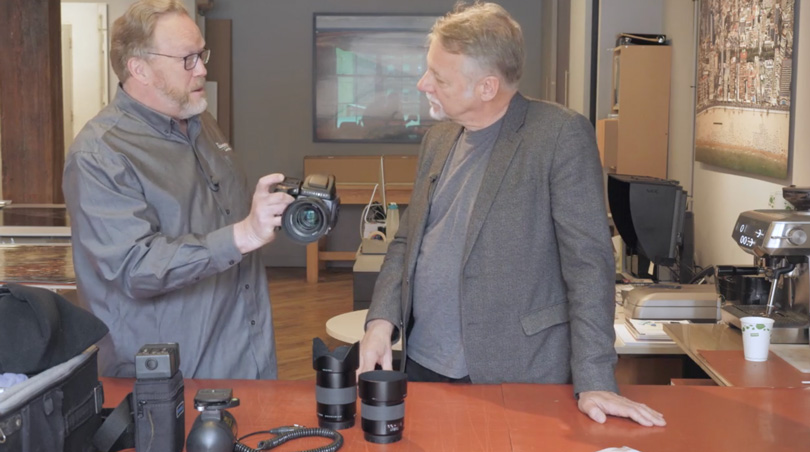
Edward Burtynsky – Interview Part Two – Luminous Landscape
Edward Burtynsky – Interview Part Two – Luminous Landscape
Ed’s Camera Gear Continuing my interview with Ed Burtynsky, we talk about every photographer’s favorite subject, cameras. Ed shares with us his evolution of camera systems from 4×5 and 8×10 film to the Hasselblad 100 mega-pixel digital camera. Much of Ed’
via Luminous Landscape: https://luminous-landscape.com/edward-burtynsky-interview-part-two/
Continuing my interview with Ed Burtynsky, we talk about every photographer’s favorite subject, cameras. Ed shares with us his evolution of camera systems from 4×5 and 8×10 film to the Hasselblad 100 mega-pixel digital camera. Much of Ed’s work is shot from high altitude, and he has a few stories about how that is accomplished. You’ll also hear why during the film days Ed decided to shoot his work with color negative film. He shares his evolution of color printing and how he went from a hybrid color workflow to his eventual full digital workflow.
-
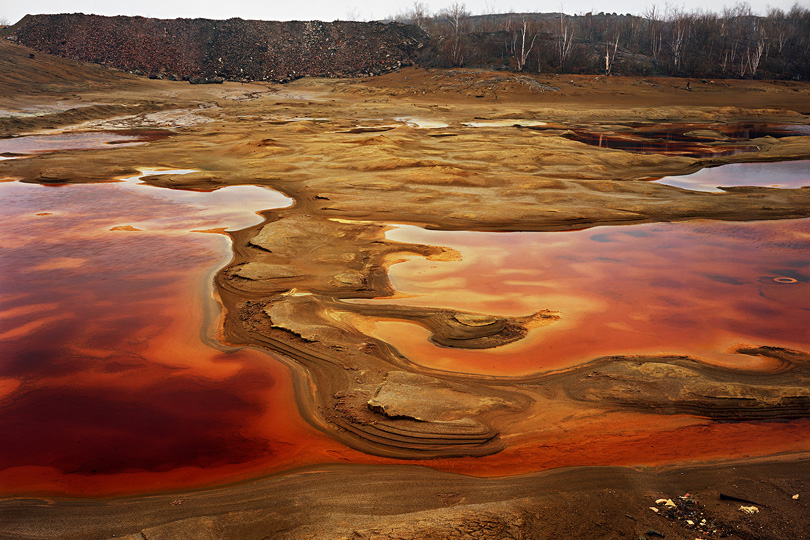
Edward Burtynsky – Interview Part One – Luminous Landscape
Edward Burtynsky – Interview Part One – Luminous Landscape
Throughout the years there is one photographer who I have admired, and that is Edward Burtynsky. He’s a landscape photographer like most of us, but he’s a different kind of landscape photographer. He focuses on landscapes that man has changed. His work
via Luminous Landscape: https://luminous-landscape.com/edward-burtynsky-interview-part-one/
Edward is a true photographer because for him taking the photo is one part, but making the print is the second and the most important part. His prints are large, very large. Because of this, he has had to use cameras that would allow him to print big. He’s worked with 8×10 cameras and, as of lately, the Hasselblad H6D 100.
-
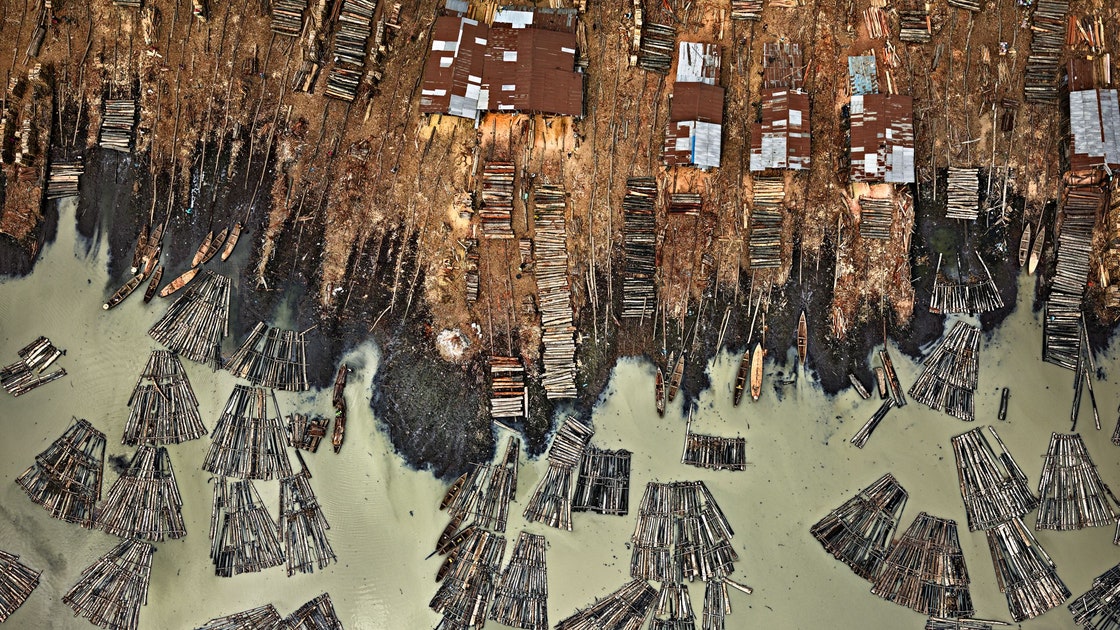
Edward Burtynsky’s Epic Landscapes – The New Yorker
Edward Burtynsky’s Epic Landscapes
From high in the air, the photographer captures sweeping images of industrial projects and their effects on the environment.
via The New Yorker: http://www.newyorker.com/magazine/2016/12/19/edward-burtynskys-epic-landscapes
At that time, Nigeria was one of many possible destinations. “It’s a tough one in terms of danger,” Baichwal said about the delta. “I’m not sure how we are going to get in there.” But in the coming months Burtynsky grew more interested in the country. One of his collectors had urged him to do a book on Africa, and after a visit to Kenya he agreed, believing that there would be overlap between the projects. Across the continent, he saw an epic story of industrialization and economic colonialism, hope and environmental degradation. Documenting it, he expected, would take many years. “The growth figures for Africa are staggering—frightening,” he said. “It’s the next big global play.”
-
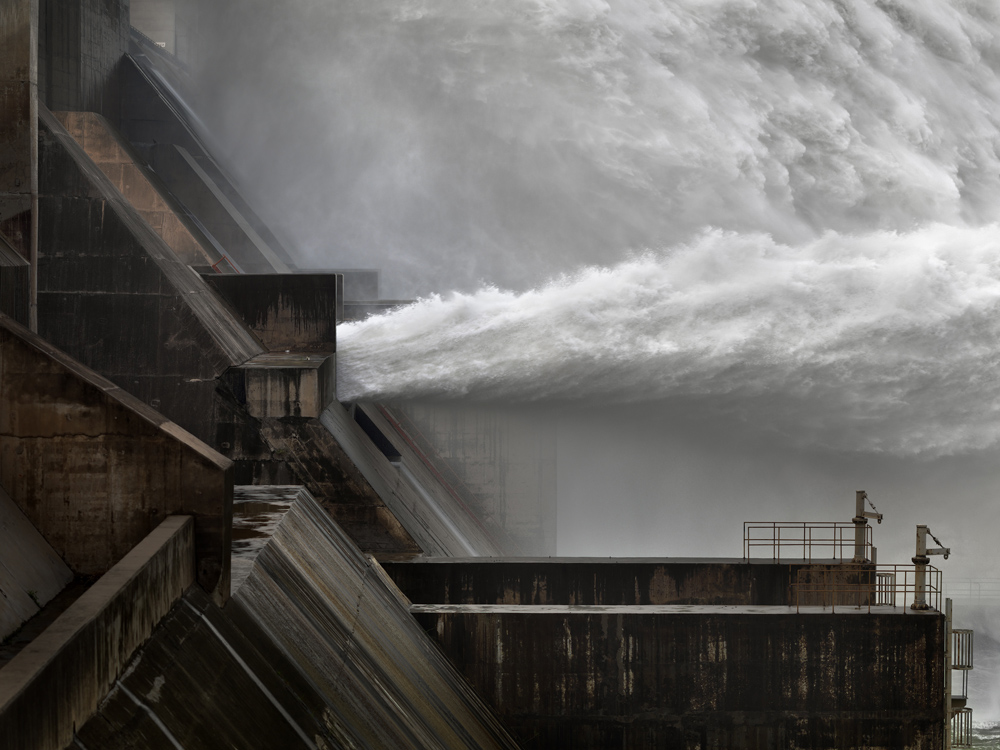
Edward Burtynsky: Water | LENSCRATCH
Edward Burtynsky: Water
The Chrysler Museum of Art in Norfolk, Virginia, opened a massive exhibition, Edward Burtynsky: Water, including more than 60 large-scale color photographs that form a global portrait of the intricate intersections of humanity and our most precious natura
via LENSCRATCH: http://lenscratch.com/2016/04/edward-burtynsky-2/
The Chrysler Museum of Art in Norfolk, Virginia, opened a massive exhibition, Edward Burtynsky: Water, including more than 60 large-scale color photographs that form a global portrait of the intricate intersections of humanity and our most precious natural resource. The exhibition, organized by the New Orleans Museum of Art, will run through May 15.
-
Bologna : Foto/Industria 2015 Edward Burtynsky – The Eye of Photography
Bologna : Foto/Industria 2015 Edward Burtynsky
Born in the great Canadian prairies, Edward Burtynsky very quickly understood the need to look at the impact of industrial development in a different way.
-
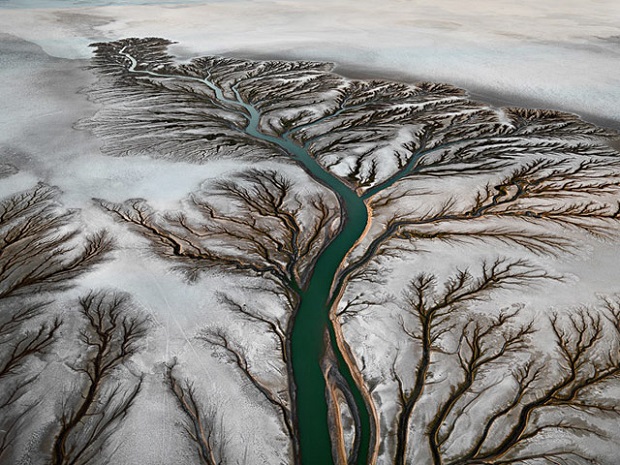
Edward Burtynsky’s Stunning Aerial Photos Examine our Relationship with Water
Edward Burtynsky’s Stunning Aerial Photos Examine our Relationship with Water – Feature Shoot
Toronto-based photographer Edward Burtynsky is known for his large-scale photos documenting our civilization’s impact on the natural landscape. Water, his new project, puts in perspective this natural element and the role it plays for humanity.
via Feature Shoot: http://www.featureshoot.com/2014/03/burtynsky/?utm_source=rss&utm_medium=rss&utm_campaign=burtynsky#!Bt3Q4
Toronto-based photographer Edward Burtynsky is known for his large-scale photos documenting the impact of our civilization on the natural landscape. Water, his new project, puts in perspective this natural element and the role it plays for humanity. Covering 10 countries over a five year period, the images tell stories of the “way we shape water and water shapes us.”
-
Edward Burtynsky: Water

Link: Edward Burtynsky: Water (8 Photos) | PDN Photo of the Day
Two exhibitions of new work by renowned photographer Edward Burtynsky are currently on display at Bryce Wolkowitz Gallery and Howard Greenberg Gallery in New York through November 2, 2013. The exhibitions, both entitled “Water,” represent Burtynsky’s largest project to date, exploring the world’s water supplies in the U.S., Canada, Mexico, Europe, Iceland, Asia and India.
-
Landscape Photographer Edward Burtynsky Explores Another Endangered Resource: Water
Landscape Photographer Edward Burtynsky Explores Another Endangered Resource: Water | PDNPulse
Edward Burtynsky, the photographer renowned for his monumental photographs that explore how human activity alters the landscape, has spent the last five years investigating our exploitation of a precious natural resource: Water. Spanning ten countries, “W
via PDNPulse: http://pdnpulse.pdnonline.com/2013/08/landscape-photographer-edward-burtynsky-explores-another-endangered-resource-water.html
The film was shot in 5K high-definition video, to capture the details in his aerial views and landscapes: a ritual swim by worshippers in India’s Ganges River, an enormous dam in China, leather tanneries pumping water in Bangladesh, a suburban development sprawling across former desert in Arizona, dryland farming in Spain.
-
Edward Burtynsky Interview
Edward Burtynsky Interview – A Photo Editor
Jonathan Blaustein: I was in New York this past week, and I was able to see both of your exhibitions that are currently on display at Bryce Wolkowitz and Howard Greenberg. It’s such a great lead in to our conversation, and I definitely want to ask some qu
via A Photo Editor: http://www.aphotoeditor.com/2011/11/30/edward-burtynsky-interview/
Edward Burtynsky: I have no idea what else I would do. Creating ideas and objects, and being involved in art making, whether it’s in the form of photography, or something else is part of my being. The creative urge feels as if it’s in my DNA. If I’m not creating something, then I feel as if I’m having a slow death
-
lenscratch: Edward Burtynsky

The subject of Oil is near and dear to Mr. Burtsynsky, as revealred in an article in the Arts Journal. He has an amazing ability to combine significant documentary work with beautiful imagery, that lures the viewer in for a closer look, only to realize he’s telling us something profound. His images taken in Australia are as beautiful as they are disturbing.
-
T.A.: Manufactured Landscapes / Edward Burtynsky
Friday night I rented this documentary and watched it at home. My wife loved it, felt it had an important message about man’s impact on the environment, and was really taken by Edward Burtynsky’s photographs. I felt differently: if I ever wanted to make photography seem boring to a bunch of students, to discourage them from getting into the field, this is the film I would show them
Check it out here.
-
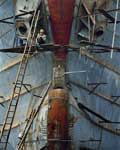
China, by Edward Burtynsky
Canadian photogapher Edward Burtynsky worked through diplomatic channels to gain access to photograph many sites undergoing enormous change. With his large format camera, over the course of three years, Burtysnky has captured the vast scale and minute details of monumental transformations of a society. He documents today’s “factories for the world”; the dumping grounds for the hand-recycling of the world’s e-waste; the unprecedented migrations of millions of humans toward brand new urban environments; and the ecological footprint of Three Gorges Dam, the largest dam on the planet that forced the relocation and threatened the livelihoods of more than 1.13 million people.
Here.



